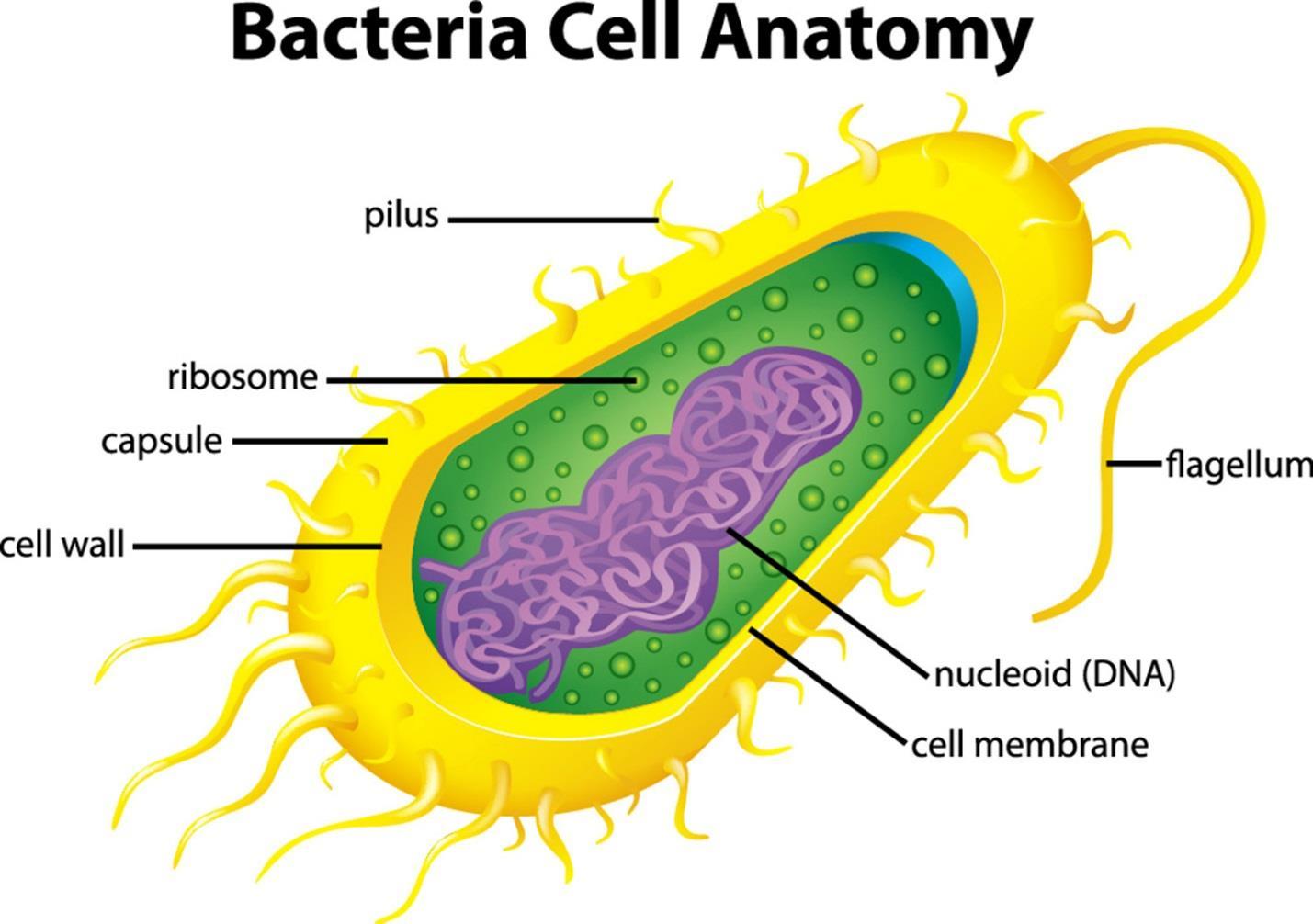
1 minute read
Quiz
QUIZ
1. Which pre-Mendelian contributor to the understanding of genetics defined the differences between dominant and recessive traits?
Advertisement
a. Aristotle b. Hippocrates c. HaLevi d. Al-Jahiz
2. What did Anaxagoras believe in his contribute to genetic theory?
a. The concept that the entire organism contributed to the traits in its offspring. b. The idea that the organs of an organism was pre-formed in the sperm or egg. c. The idea that the organs of an organism developed as the organism itself developed. d. The idea that there are dominant and recessive traits.
3. According to classical genetics, what forms the basic unit of trait transmission from parents to offspring?
a. Chromosomes b. Genomes c. Nucleotides d. Genes
4. According to classical genetics, what is the word that defines the fact that traits can be passed from parents to offspring?
a. Heredity b. Gene variation c. Gene mutation d. Phenotype blending
5. Which field of genetics has contributed most to modern evolutionary theories?
a. Molecular genetics b. Classical genetics c. Population genetics d. Biotechnology
6. Which aspect of population genetics ultimately causes variation in a population?
a. Genetic drift b. Mutation c. Natural selection d. Gene flow
7. In eukaryotic multicellular organisms, how is it that every cell is unique?
a. Every cell in the body has different DNA instructions in them. b. Each cell in the body has a unique karyotype. c. Each cell makes the same proteins from their DNA but the proteins get degraded in not necessary for the cell to function. d. Each cell has the same DNA but differ in which genes get turned on and which do not.
8. What is not a product of a segment of DNA or gene?
a. Carbohydrate b. Transfer RNA c. Ribosomal RNA d. Protein
9. Which amino acid gets made every time the messenger RNA molecule gets read first in the ribosomes?
a. Histidine b. Glycine c. Valine d. Methionine
10. How are most genetic traits determined?
a. By several different genes acting together b. By the presence of an autosomal dominant gene c. By the presence of two autosomal recessive genes d. By the presence of codominant genes



